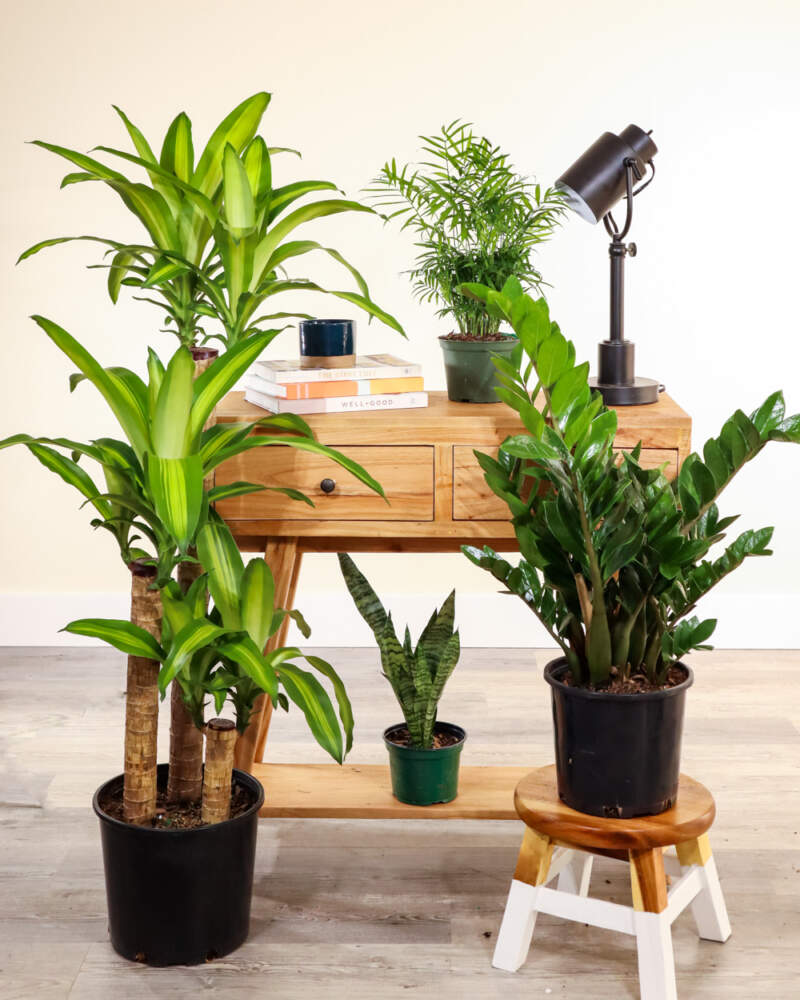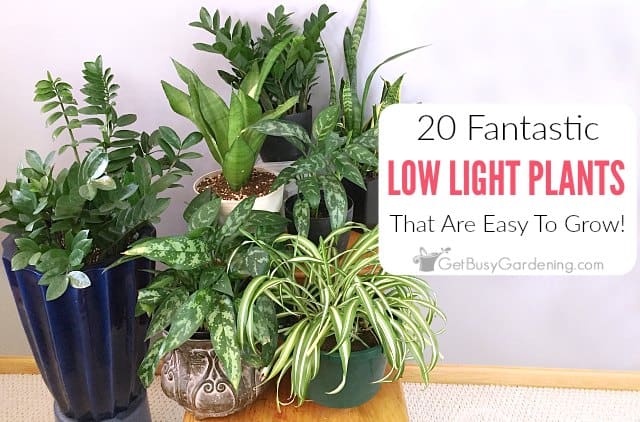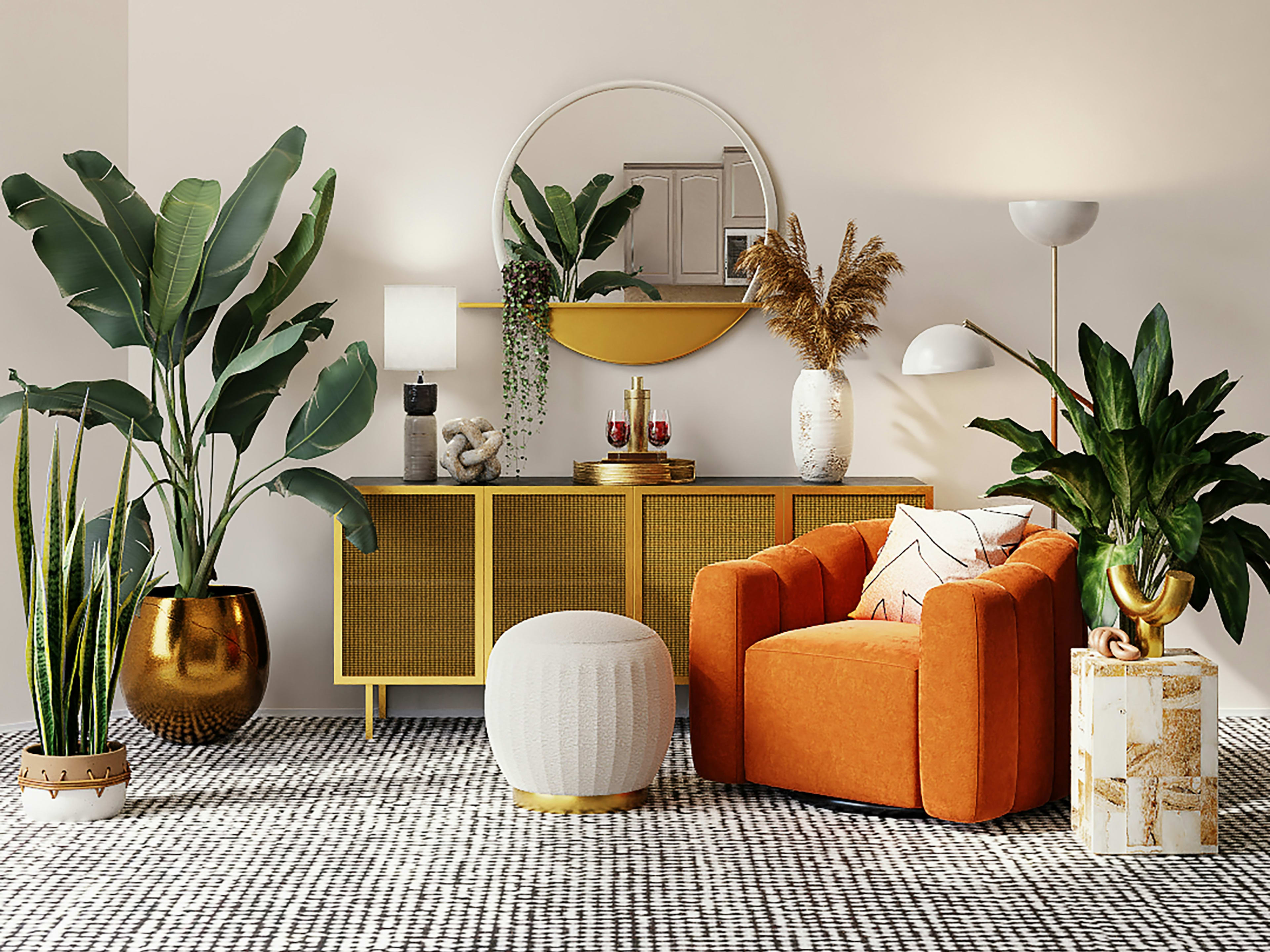How to Care for the Best Low-Light Indoor Plants in Any Environment
How to Care for the Best Low-Light Indoor Plants in Any Environment
Blog Article
Explore the One-of-a-kind Benefits of Low-Light Indoor Plants for Your Living Area
Incorporating low-light interior plants into your living area offers a wide range of benefits that expand far beyond simple aesthetic appeals. These hardy plants not only thrive in settings with restricted sunshine yet additionally serve critical features such as air purification and humidity enhancement. Moreover, they can favorably affect your state of mind and overall well-being while requiring very little upkeep. As you consider the transformative capacity of these plants, it ends up being important to discover just how their unique characteristics can tailor your atmosphere to much better offer your lifestyle. What specific advantages might resonate most with your personal space?
Air Filtration Advantages
Low-light indoor plants not just improve the aesthetic charm of living areas but also play a significant function in air filtration. Study has actually shown that specific plant species can effectively eliminate typical interior toxins, including formaldehyde, trichloroethylene, and benzene. These compounds typically originate from family products such as furniture, cleaning products, and building products, adding to indoor air top quality issues.
Plants such as the serpent plant, pothos, and tranquility lily are specifically experienced at filtering system damaging substances from the air while thriving in low-light problems. The process of phytoremediation, wherein plants absorb and metabolize toxins, allows these species to add dramatically to a healthier interior setting. Additionally, with photosynthesis, plants launch oxygen, further improving air top quality.
Incorporating low-light indoor plants right into home or workplace spaces not only gives aesthetic benefits however additionally functions as a functional approach for improving air quality. By choosing the ideal varieties, people can develop an environment that promotes well-being and decreases direct exposure to harmful pollutants, making these plants a necessary component in modern-day interior living.

Mood Enhancement Effects
Numerous studies have shown that integrating indoor plants can substantially boost state of mind and total mental wellness. The existence of greenery in indoor environments has been connected to minimized anxiety levels, enhanced feelings of peace, and boosted emotional health and wellness. Low-light indoor plants, particularly, thrive in settings where natural light is limited, making them excellent for numerous living areas.
Research study indicates that interacting with plants can stimulate the launch of serotonin, a natural chemical connected with feelings of happiness and well-being. In addition, the act of looking after plants cultivates a feeling of obligation and achievement, further adding to favorable psychological health outcomes. Furthermore, low-light plants such as serpent plants, pothos, and tranquility lilies have actually been shown to improve air quality, which is intrinsically connected to mood enhancement.
Including these plants right into your home or office can develop a tranquil atmosphere, supplying a aesthetic and sensory getaway from the stress of everyday life - Best low-light indoor plants. As people invest raising amounts of time inside your home, the mood-enhancing effects of low-light interior plants become also much more important, providing not just aesthetic allure however likewise an extensive influence on psychological wellness
Reduced Maintenance Requirements
For those seeking to improve their interior rooms without a significant time commitment, low-light indoor plants are an optimal choice as a result of their reduced maintenance demands. These resistant plants thrive in less-than-ideal illumination problems, making them best for workplaces and homes where all-natural sunshine is restricted.

Pest resistance is an additional advantage of low-light indoor plants. Numerous varieties are less susceptible to usual pests, reducing the need for consistent monitoring and intervention. Furthermore, these plants generally grow extra gradually than their high-light equivalents, suggesting internet much less frequent repotting and pruning are necessary.
Visual Charm and Versatility

In addition, these plants can be set up in myriad means, whether in teams for a rich impact or as standalone functions to draw the eye. The choices of planter styles-- from sleek ceramic pots to rustic wooden containers-- even more improve their aesthetic value, permitting homeowners to share their individual style.
Additionally, low-light plants can be tactically placed in areas that might or else feel neglected, such as edges or poorly lit shelves, thus maximizing their attractive possibility. Eventually, the combination of their striking appearance and convenience makes low-light interior plants a useful addition to any living room, developing a welcoming environment that promotes well-being and leisure.
Boosted Moisture Degrees
Enhancing interior humidity levels is just one of the substantial advantages of including low-light interior plants into living rooms. These plants normally release dampness vapor with a process understood as transpiration, which occurs when water soaked up by the roots relocates through the plant and evaporates from the fallen leaves. This procedure not just raises humidity yet additionally contributes to a much healthier indoor setting.
Improved moisture degrees can ease various health and wellness issues, such as dry skin, respiratory system problems, and allergic reactions. Many individuals experience pain in dry indoor problems, particularly during wintertime months when furnace are in usage. By strategically putting low-light plants throughout your home, you can develop a more balanced moisture degree that fosters general health.
Furthermore, particular low-light interior plants, like peace lilies and spider plants, are especially reliable at increasing humidity. Their capability to grow in low-light atmospheres makes them suitable for numerous spaces, from offices to bed rooms. Along with boosting humidity, these plants can also enhance air top quality by filtering system out common indoor contaminants, making them a beneficial enhancement to any kind get redirected here of home. Thus, low-light indoor plants serve both aesthetic and practical purposes, promoting a healthier atmosphere.
Final Thought
In recap, low-light interior plants offer countless advantages that contribute to a much healthier and a lot more welcoming living area. Incorporating these resistant plants into interior settings not just raises the ambiance however also advertises general well-being, developing a peaceful sanctuary for citizens.
Plants such as the serpent plant, pothos, and tranquility lily are particularly experienced at filtering hazardous materials from the air while flourishing in low-light problems. Low-light plants such as snake plants, pothos, and peace lilies have actually been revealed to boost air quality, which is fundamentally connected to state of mind improvement.
Low-light indoor plants, such as snake plants, pothos, and ZZ plants, not only improve the aesthetic landscape of a space yet also introduce different structures and tones of green that can complement diverse indoor designs. These plants naturally launch wetness vapor via a procedure known as transpiration, which occurs when water taken in by the origins relocates via the plant and vaporizes from the fallen leaves.Additionally, particular low-light interior plants, like tranquility lilies and crawler plants, are specifically reliable at raising moisture.
Report this page